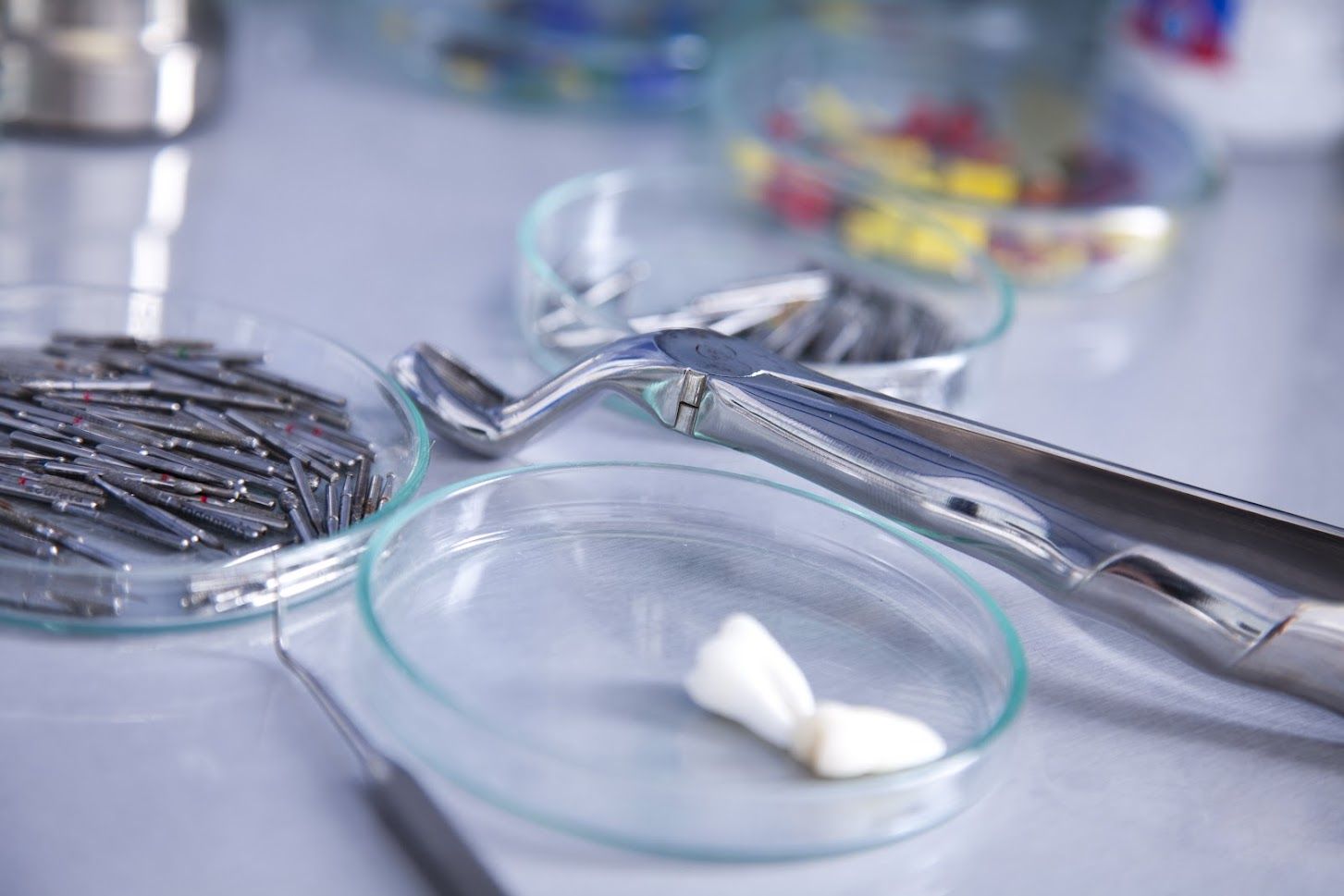(843) 216-0908
FAMILY . SURGICAL . COSMETIC . SEDATION
The Recovery Process After Dental Implants
How Long Does the Dental Implant Process Take to Complete?
The recovery time after dental implant surgery will vary based on the procedure you receive and whether you require pre-surgical work before the implant. While the entire process could take a year or more, it is important to understand a few of the basics when setting recovery expectations:
- In most cases, you can return to work the same day or the next day following the dental procedure. The waiting periods required between treatments should not disrupt your life or cause you to miss work.
- Under normal circumstances, over-the-counter pain relievers such as ibuprofen are adequate to manage any pain or discomfort you experience during the healing periods.
- The average healing time between the implant and setting the abutment and crown is four to six months.
- Your oral health and other factors influence the healing and recovery time required.
- The need for pre-surgical work will extend the time it takes to recover fully.
Each person is different and has varying circumstances that directly influence the time it takes to heal and recover between procedures. The implant procedure is complex, and your oral health, general health, and daily habits impact your experiences. During the initial consultation, Dr. Hogan will discuss your specific case and what you can expect regarding both the procedures required and the expected recovery times between treatments.
Despite individual differences, the following factors directly influence recovery times.
The Need for Pre-surgical Work
Two pre-surgical procedures frequently required before a dental implant include tooth extractions and bone grafting.
Tooth Extraction : If one or more teeth must be removed, it adds a separate procedure to the implant process and can extend the process due to the additional time required for the healing process. While some cases allow for setting the implant on the same day as the tooth extraction, it is uncommon to complete both treatments simultaneously.
In most cases, there is a healing period required after an extraction. Dr. Hogan may choose to insert a bone graft into the tooth socket to hold it open until the procedure to place the dental implant post takes place. Adding this procedure can make setting the implant easier at a future date.
The recovery period between tooth extraction and the implant procedure is typically two to three months.
Bone Grafting : Bone deterioration occurs rapidly after the loss of a tooth, and bone grafting is frequently the best way to strengthen the bone tissue around the site of the absent tooth. When you have an inadequate amount of natural healthy bone to support the implant, a bone grafting procedure may be recommended. The procedure repairs and rebuilds the bone by transplanting healthy bone tissue to the area that needs support. Once the bone is solid and healthy, it can bond with the implant creating a strong foundation for the prosthetic replacement.
For a successful dental implant , the bone tissue must bond with the implant, usually a titanium post, through a process called osseointegration, which fuses the existing bone with the implant. The process creates a firm root for the crown that should last the remainder of your life.
When you require bone grafting, the healing and recovery period could last three months and up to a year. The average waiting period for the new bone tissue to fuse with the natural bone is three to six months. After the bone fuses properly, Dr. Hogan can then set the implant post.
How Long Will Recovery Take After the Implant ?
The first step in the implant process is placing a post for the new tooth that serves as the replacement root. In most cases, Dr. Hogan inserts a titanium post into the jawbone. After the outpatient procedure, the bone must fuse with the titanium post creating a robust support system for the new tooth or crown.
After the implant, the body requires time for this fusion (the osseointegration process). Successful integration generally takes between three and six months. However, it is not uncommon to take up to a year.
What is the Recovery Period Between the Abutment and the Crown ?
After the implant heals, Dr. Hogan will set the abutment, which is the piece that attaches the crown to the titanium root. The healing period between the abutment and crown placement is generally two weeks.
The Osseointegration Process
The success of dental implants relies primarily on the osseointegration process. Osseointegration is the term used to describe the fusion of natural bone with a metal implant. Whether a limb or a tooth, most prosthetics require osseointegration for a successful procedure.
The process must occur naturally, and there is not currently a way to expedite the bonding.
Habits That Can Slow Recovery
Getting adequate rest, drinking enough water, and healthy eating could speed the osseointegration process because these habits help your body function optimally. Some behaviors can slow down or even prevent osseointegration from occurring. A few of these include the following:
Use of tobacco : Smoking, dipping, and vaping all involve tobacco use, which reduces oxygen flow to bones and tissue and is one of the leading causes of implant failure.
Alcohol use in the first month after surgery : Alcohol can have adverse interactions with prescribed medications immediately following surgery. It also dries out your mouth, which slows the healing process.
Poor oral hygiene : Brushing, flossing, and dental checkups improve your oral health and reduce bacteria growth that can impede the osseointegration process.
Biting and chewing hard objects or foods : Eating hard candy, chewing ice, biting your nails, and using your teeth as tools are all habits that can slow healing. Hard objects can damage your enamel and put unnecessary pressure on the implant, cause irritation, and hinder the body’s natural ability to heal.
Drinking through a straw : The body increases blood flow to the implant area immediately after the procedure. Drinking through a straw creates suction that can pull at and damage the tissue around the implant.
Recovery looks different for everyone. However, there are preemptive things you can do to speed up the healing and recovery process.
What To Expect During the Recovery Process?
Whether you immediately receive an implant or need pre-surgical treatments, each step in the process involves outpatient procedures using local anesthetics.
Dr. Hogan typically uses stitches that dissolve and do not need removal. Common symptoms after a procedure include localized swelling of the gum area, bruising near the site, discomfort for a few days, and minor bleeding. In most cases, you will use over-the-counter medication such as ibuprofen to manage any soreness, and you will not need to take time off from work after each procedure.
The process can take over a year from start to finish due to the healing and recovery periods required between each procedure.
FAQs
- How much time will I have to take off from work if I get a dental implant?
Dental implants are usually outpatient procedures that require little downtime. You may miss work on the day of the treatment but can generally return to work immediately.
- How long will dental implants take from start to finish?
The total time to complete the dental implant process will depend on whether you need pre-surgical work and the time it takes to heal between procedures. In many cases, it will take three to six months, and in more complex cases up to a year or more due to healing periods between procedures.
The post The Recovery Process After Dental Implants appeared first on Smiles by Hogan.
CONTACT
Information
Phone: (843) 216-0908
Address: 3405 Salterbeck St. STE 100
Mt. Pleasant, SC 29466
Email: office@mtpleasantmoderndentist.com
BUSINESS
Hours
- Monday
- Closed
- Tuesday
- -
- Wed - Thu
- -
- Friday
- -
- Sat - Sun
- Closed










